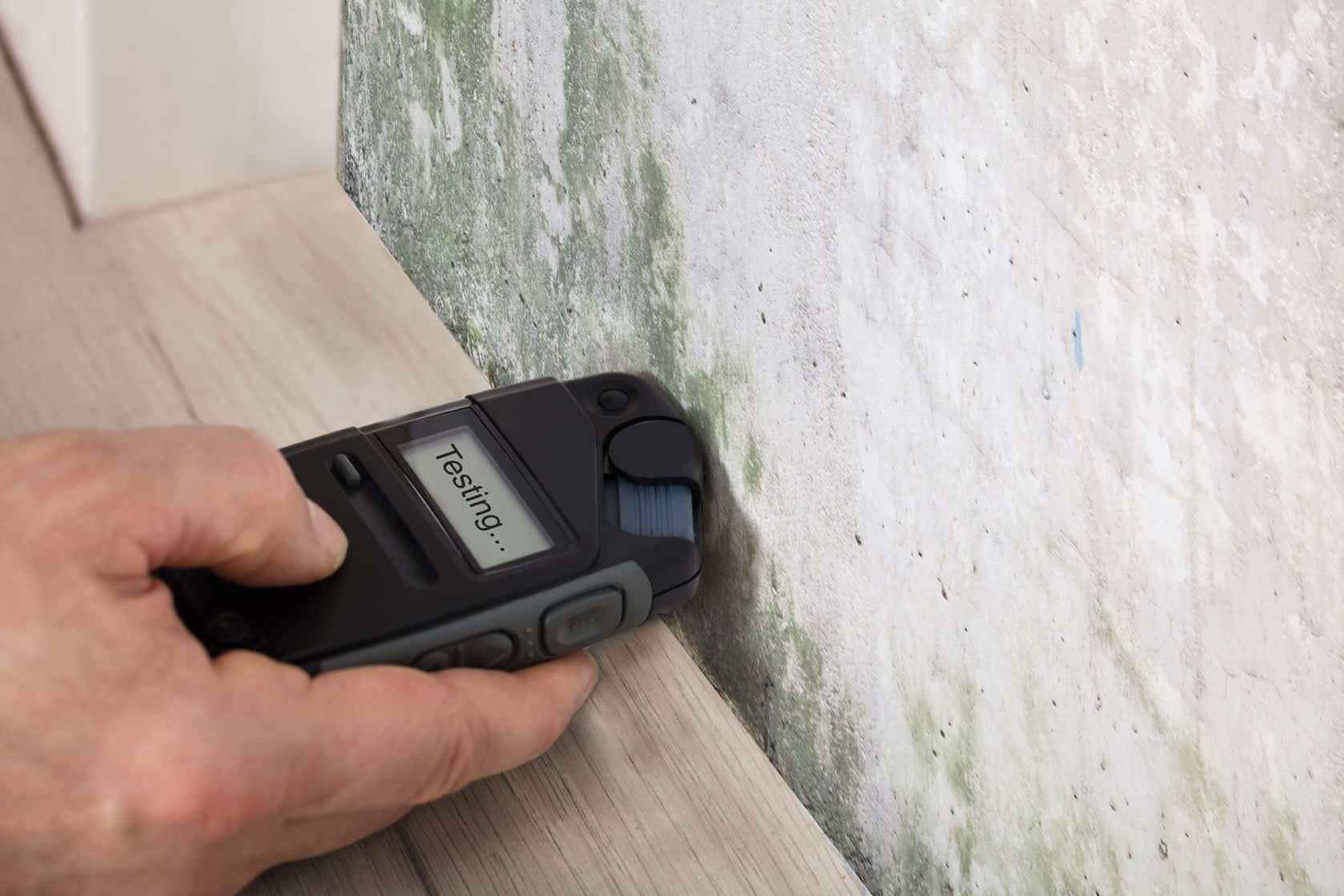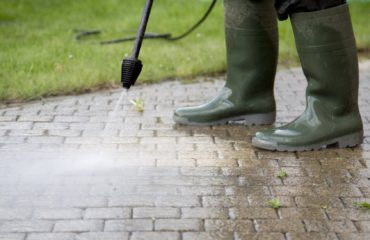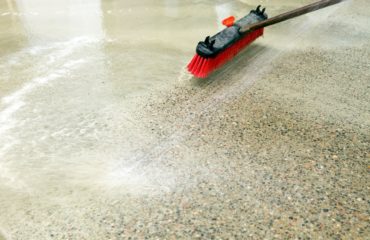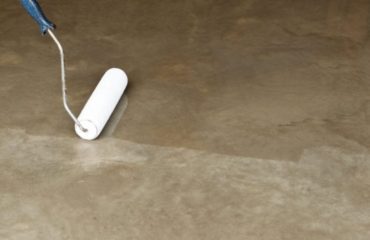While concrete is exceptionally strong, one of the biggest potential threats to undermining that threat can be found in the form of moisture. Somewhat paradoxically, moisture is actually an integral part of concrete from its very beginnings. Concrete is created by mixing together Portland cement, some sort of aggregate, and water. Without water, the concrete would not adhere and bond together so strongly. Furthermore, during the curing process after the concrete is poured, the moisture levels of the concrete have to be kept stable, which often requires a sprinkler to douse the concrete with water constantly.
If concrete requires a certain amount of moisture, why do all of these concrete sealing products claim to prevent the passage of moisture through your concrete? Well, what these products really mean is that they will prevent the passage and entrance of excess moisture through and into your concrete. A certain level of moisture and moisture passage is healthy for a concrete slab – without it, the concrete will likely crack and crumble from excessive dryness. Therefore, a certain level of moisture needs to be in the concrete for it to reach its maximum potential.
This is where the concept of relative humidity comes in. All concrete needs to be kept at a certain stable reading of relative humidity for its strength to be achieved. Relative humidity is simply a measure of the amount of moisture in the slab. Testing for relative humidity is an easy process that involves using special relative humidity probes that you can insert into the concrete. Once within the concrete via a small hole, the probe will measure and record the percentage of moisture (the relative humidity) in your concrete. If the moisture is acceptable, then there are no problems. However, if the level of moisture is too high, you’ll need to take the appropriate steps to lock out that moisture in the future.




